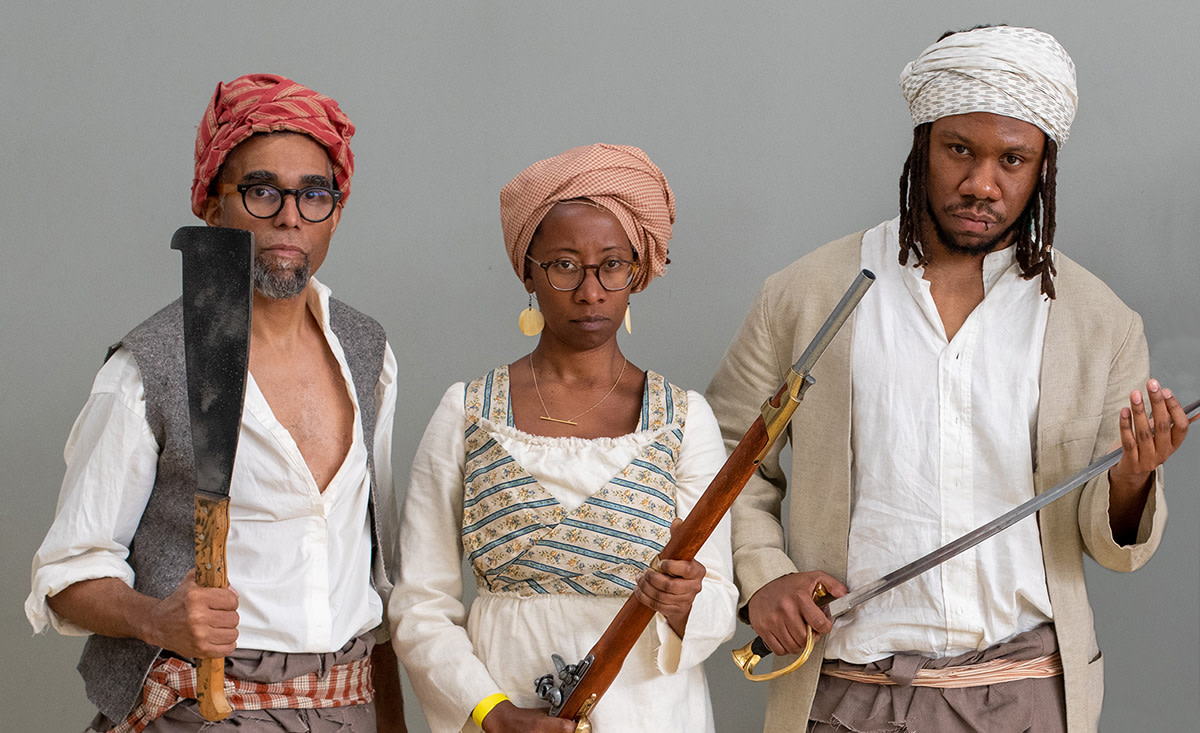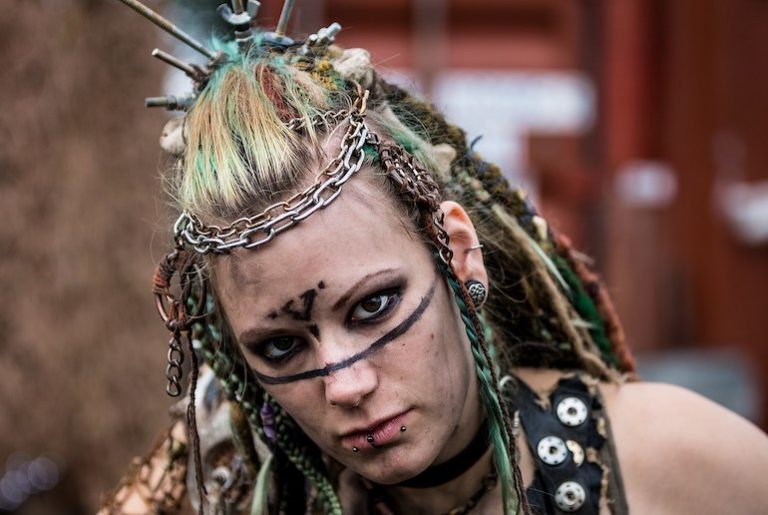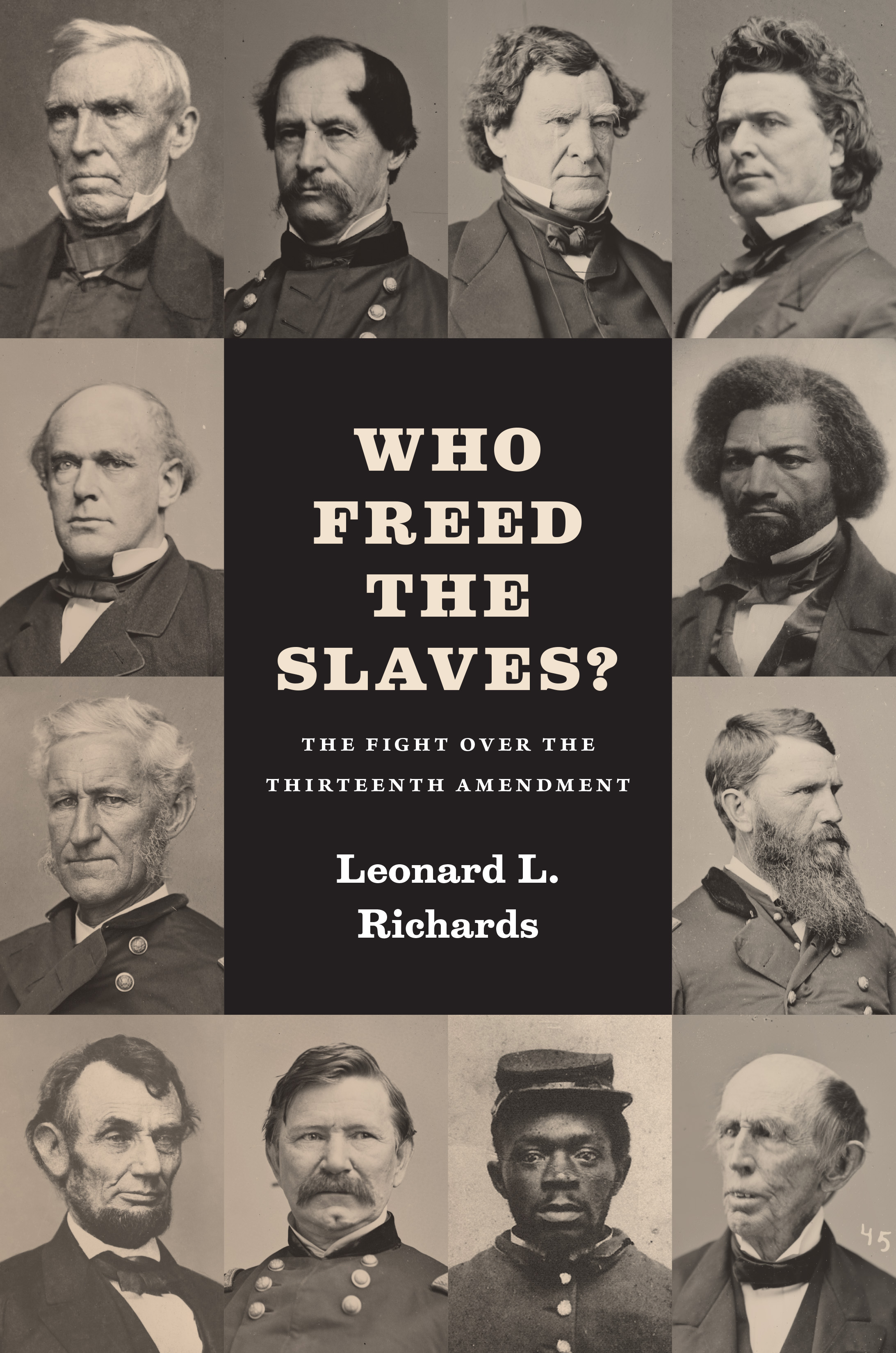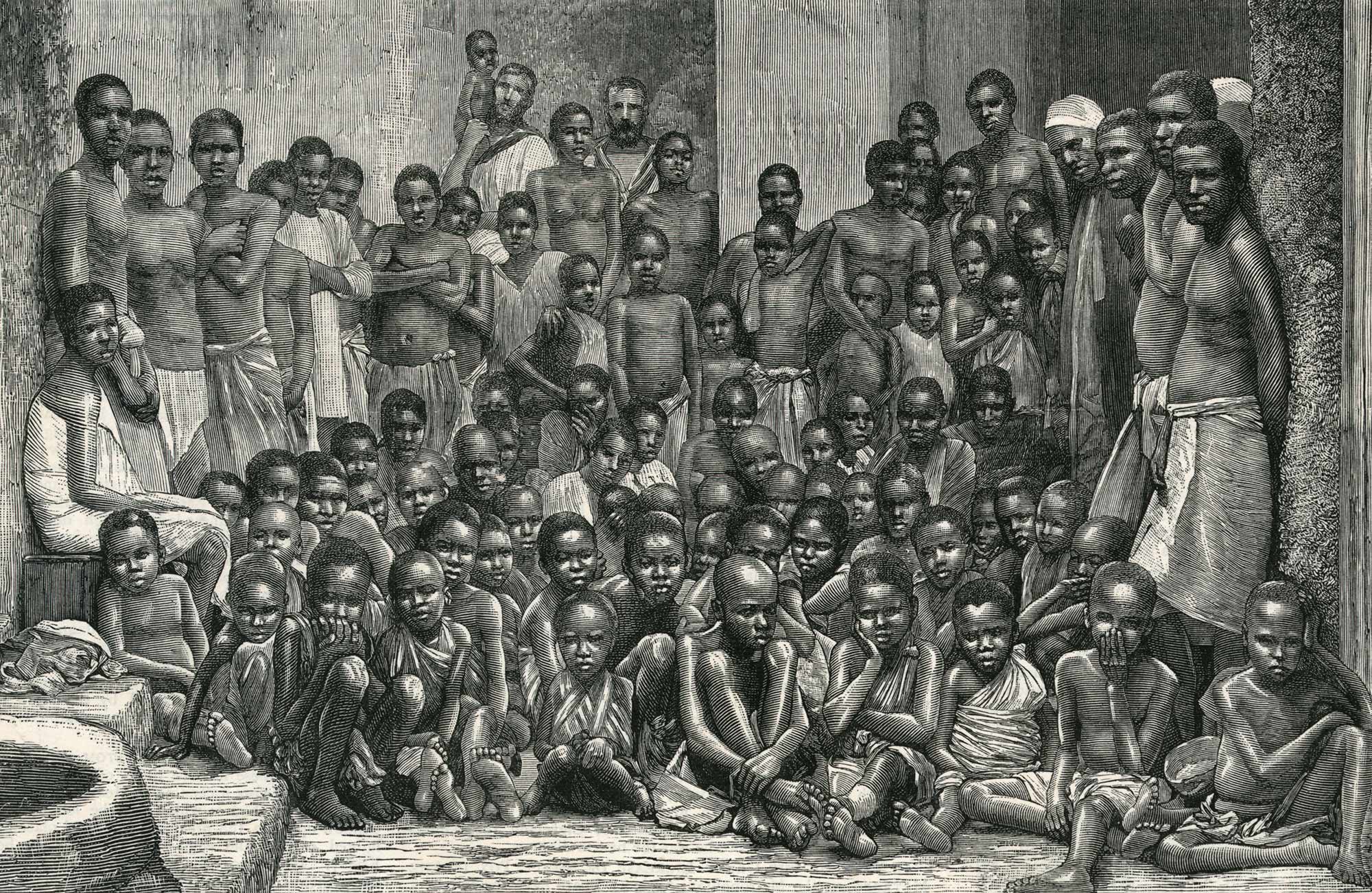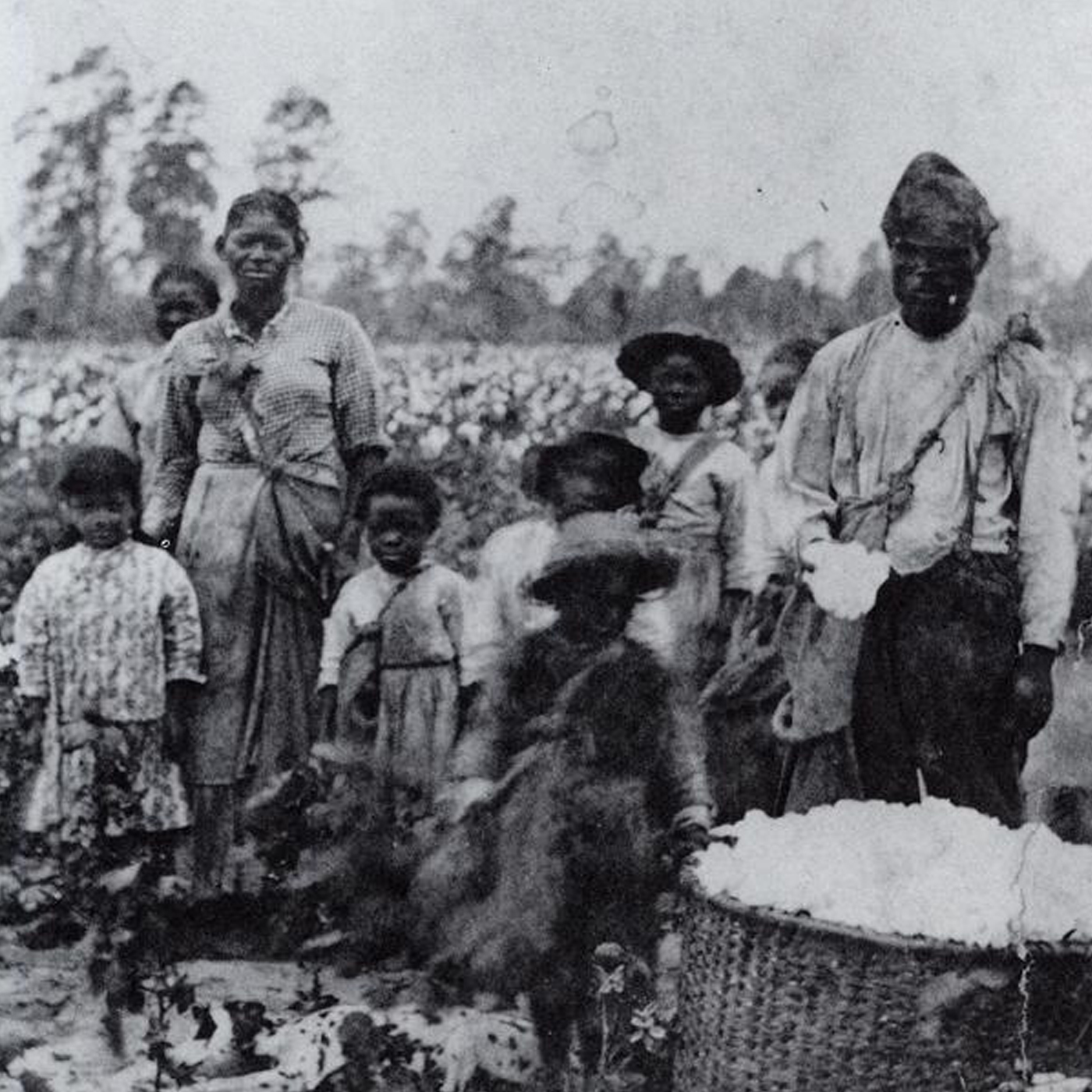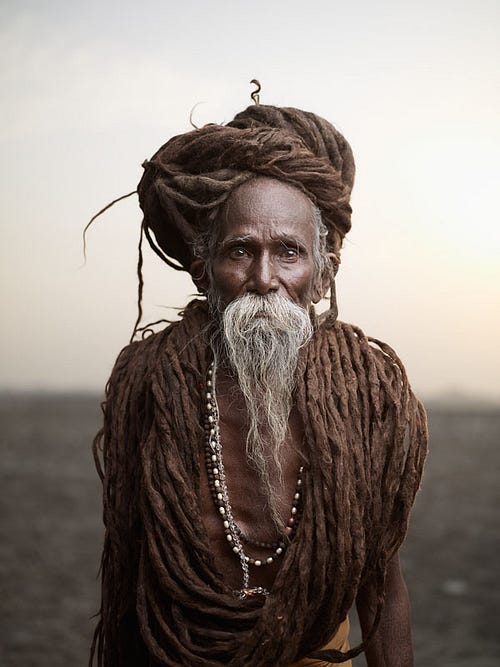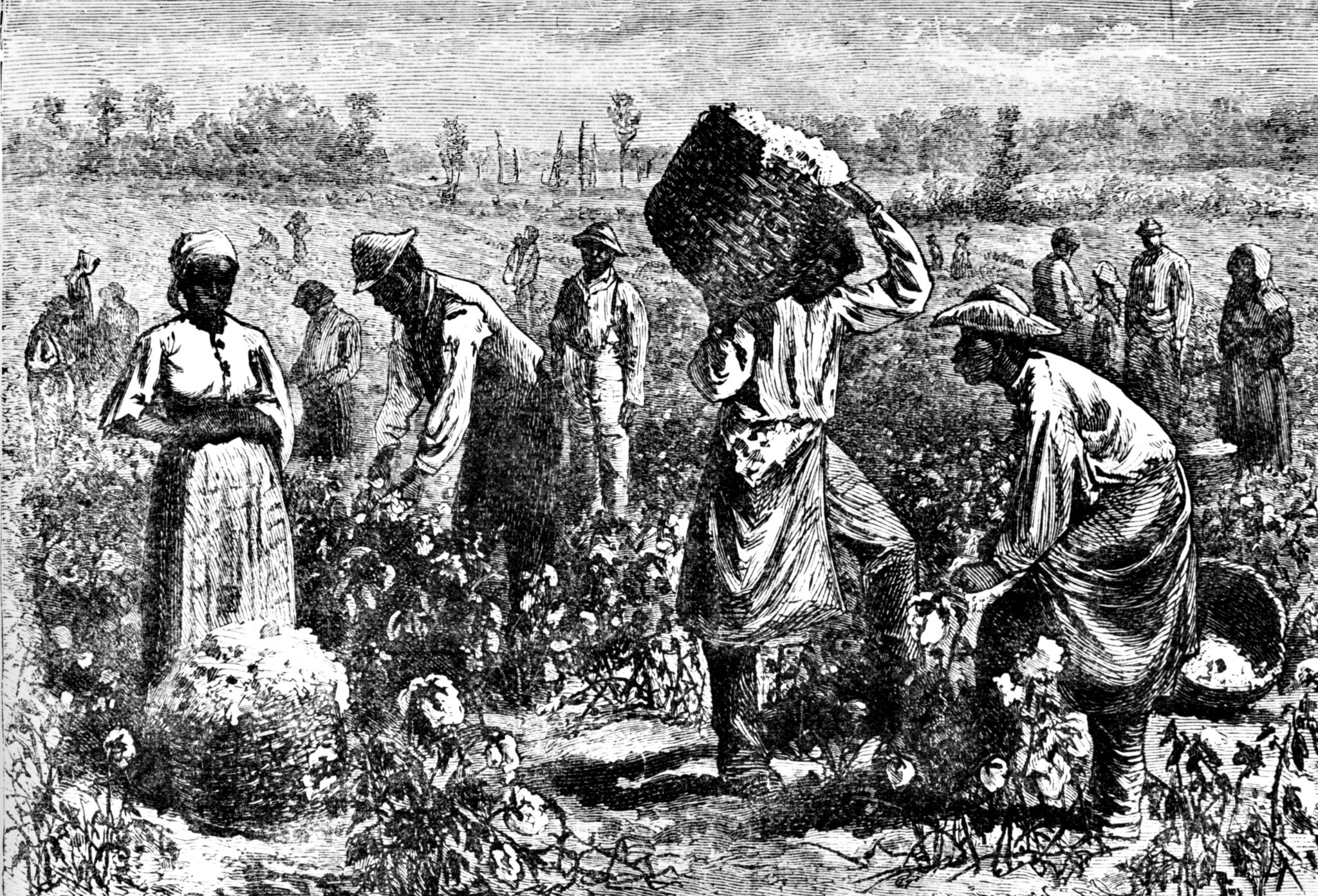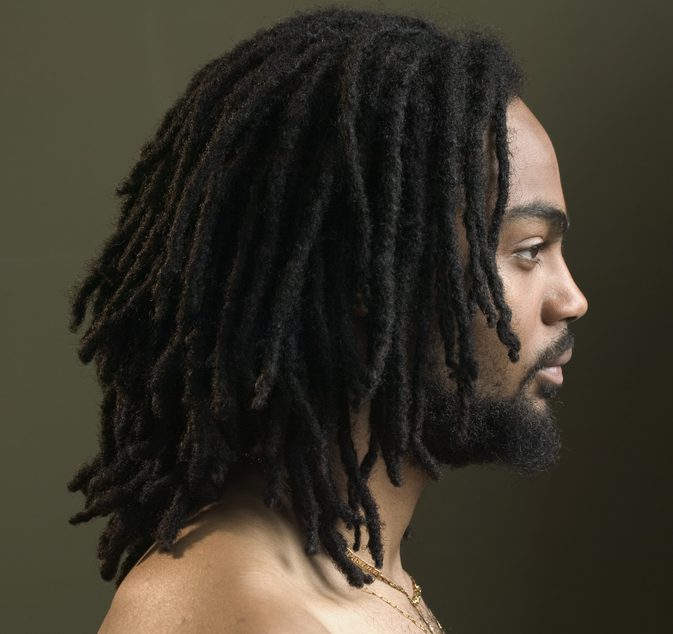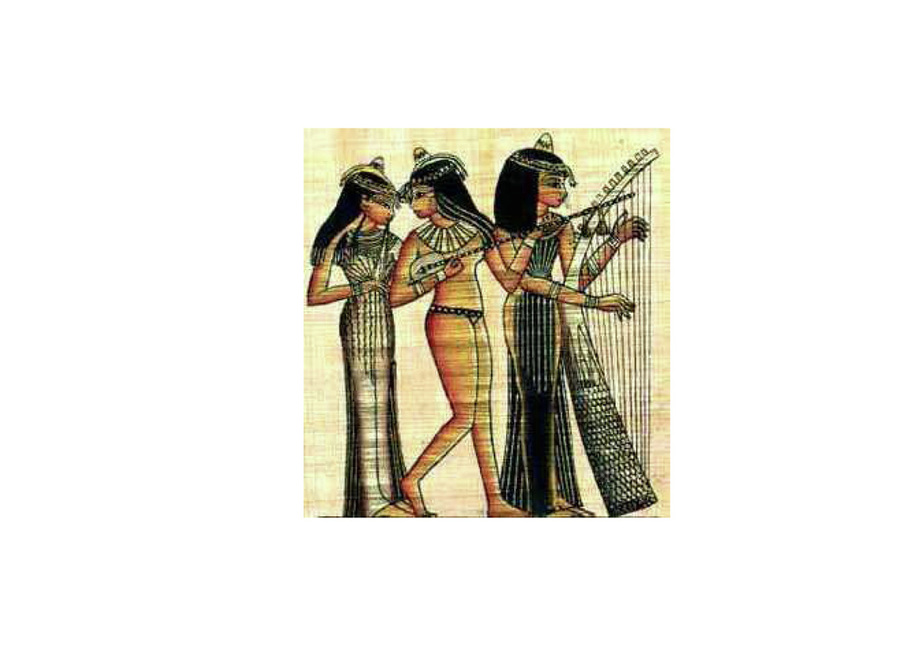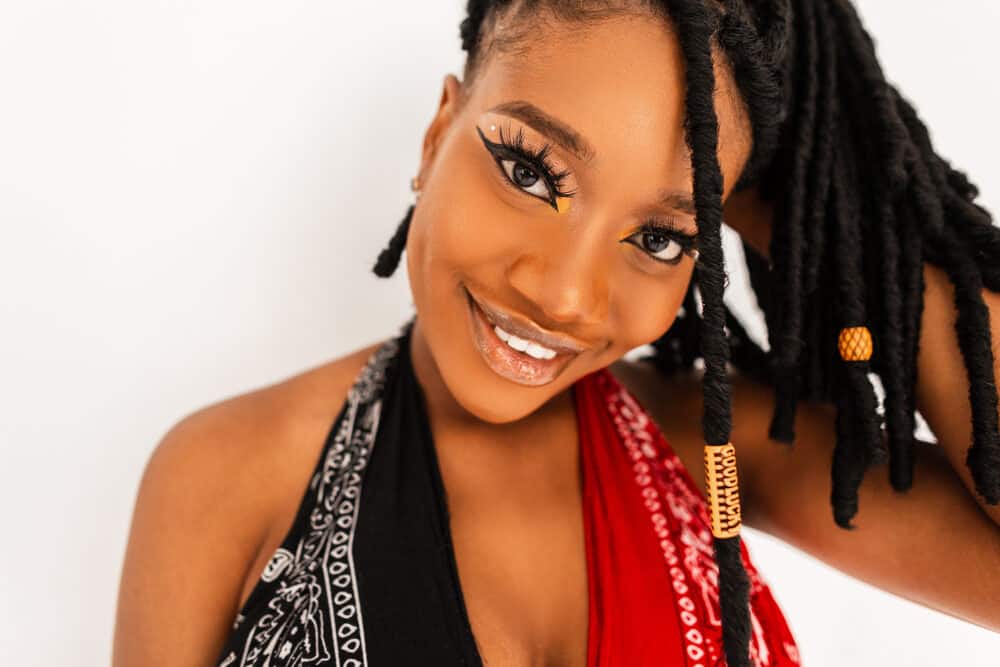Sensational Info About Did Slaves Have Dreadlocks Short Hairstyles For Thick Grey Hair
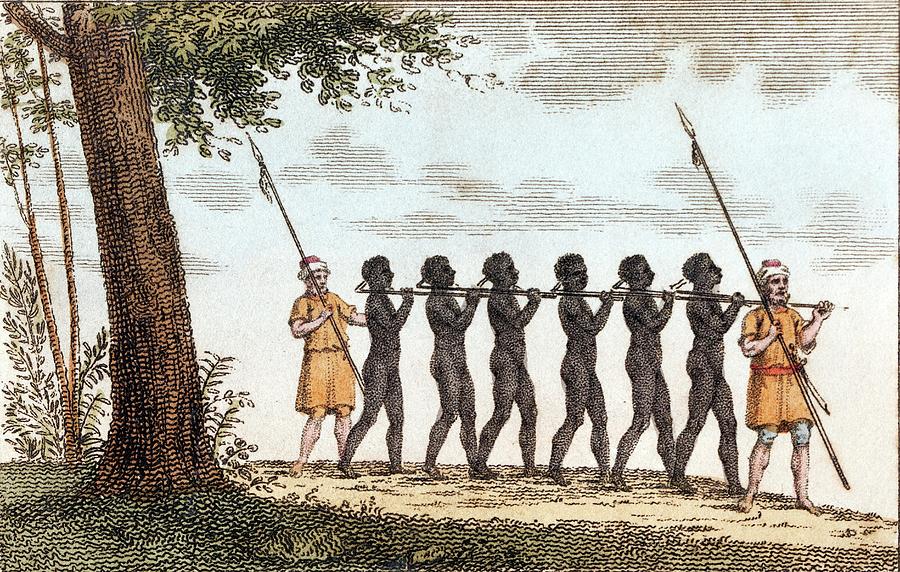
For generations, misconceptions and stereotypes have.
Did slaves have dreadlocks. The argument used is that these. Not only do they play a significant role in telling the history of black people of strength,. The way african american slaves styled their hair was important to them as individuals, and it also played a substantial role in their communal life.
Dreadlocks were originally called that because they were meant to inspire fear in the heart of the white oppressor. The descendants of african slaves who had been brought to jamaica in the 18th and 19th centuries vowed to one day recover their culture, which had been. Although dreadlocks have been worn continuously by people of colour in africa, asia, and the americas from ancient times until now, their popularisation in the.
The rastafari dreadlocks symbolize the lion of. Hair has long been among the most contentious, from today’s braids and dreads all the way back to the intricate and symbolic styles that slave traders shaved off. Thus, unable to groom themselves, hair was braided into what became known as locks. as a result, the term dreadlocks became associated with slavery.
Dreadlocks, those iconic and enigmatic locks of hair, have a history that spans continents and cultures. My friend said without a link: In the 20th century, dreadlocks became a defining symbol of rastafari.
According to tharps, “the modern understanding of dreadlocks is that the british, who were fighting kenyan warriors (during colonialism in the late 19th century),. During the enslavement of africans, dreadlocks emerged as a symbol of resistance. Dreadlock styles were adopted by the rastafarians (ras tafari), with roots that date back to when slaves were traded in jamaica.
Dreadlocks are a nod to blackness. Viking slaves, known as thralls, are often pointed as the most likely candidate for vikings who could have worn dreadlocks. Nearly forty years previously, in.
For something like the dreadlock, which was created as a mark of identity among people who considered their true identities to have been stolen (when they were enslaved), it. The first misconception is that natural hair is “dirty”. Jata, or matted and tangled hair, is a symbol of the renunciation of material goods and commitment to the physical world worn by sadhus, or holy men, in india.

